In 2025, cyber threats are evolving at record speed, from ransomware campaigns to AI-powered scams, and targeting sensitive data as well as critical operations. These trends expand the attack surface and introduce risks that traditional assessments may overlook.
That’s why tracking up-to-date cybersecurity statistics is essential. They help businesses understand emerging threats, benchmark defenses, and make informed, proactive decisions to protect systems, data, and customers before real-world incidents occur.
Key statistics at a glance:
- Manual testing found 2000x more vulnerabilities than automated scans.
- 62% of healthcare organizations now use red team exercises for compliance.
- Denial of Service attacks target finance the most, responsible for 35% of incidents.
- AI-generated deepfakes rose 10x globally, with crypto and fintech as main targets.
- Data breaches lasting over 200 days cost an average of $5.46M.
- Small- and medium-sized businesses saw 88% ransomware-related breaches, with CEOs highly concerned about cyber resilience.
Penetration testing cyber security statistics 2025
To see how businesses are staying ahead of threats, let’s first explore the latest penetration testing statistics in 2025:
- Penetration testing market and usage
The global penetration testing market was worth $1.7 billion in 2024 and is projected to reach $3.9 billion by 2029, growing at a CAGR of 17.1%, according to MarketsandMarkets. This shows that more organizations are focusing on finding and fixing security weaknesses before attackers can exploit them.
Many companies use both in-house teams and external specialists for penetration testing. External experts bring advanced techniques and fresh perspectives, helping organizations strengthen their overall security and reduce the risk of cyberattacks.
- Vulnerability detection
Manual penetration testing uncovered nearly 2000 times more unique vulnerabilities than automated scans in 2025.
This stark difference highlights the limitations of automated tools, as human testers can identify complex logic flaws, subtle misconfigurations, and hidden attack paths that are often missed by scripts, especially in hybrid systems or applications with layered defenses.
Red teaming cyber security statistics 2025
As cyber threats become more sophisticated, organizations are increasingly turning to red teaming to simulate real-world attacks, evaluate defenses, and ensure compliance. The following statistics from 2025 highlight how adoption, market growth, and regulatory mandates are shaping this approach.
- Growing adoption and market expansion
The red teaming services market reached $1.92 billion in 2024 and is projected to grow at a CAGR of 13.7%, reaching $5.53 billion by 2033 (according to data from Growth Market Reports).
This rapid expansion reflects the rising demand for comprehensive, realistic attack simulations to identify weaknesses in complex IT environments. In fact, Research and Markets estimates that Red Team as a Service (RTaaS) grew from $11.48 billion in 2024 to $12.82 billion in 2025 and is forecast to rise steadily through 2030.
Outsourcing red team operations allows organizations to access specialized expertise, advanced tools, and fresh perspectives on potential attack paths without straining internal resources.
- Industry and regulatory drivers
Red teaming has become mainstream in regulated sectors. In healthcare, 62% of organizations now integrate red team exercises into compliance workflows, up from 34% in 2021 (per PW Consulting Information & Electronics Research Center). This adoption highlights the growing recognition that simulated attacks are essential for validating security controls and operational readiness.
For financial institutions in the EU, compliance with the Digital Operational Resilience Act (DORA) mandates annual Threat-Led Penetration Testing (TLPT), often fulfilled through red teaming.
Non-compliance carries significant penalties, making these exercises critical not only for uncovering vulnerabilities but also for meeting regulatory obligations.
Industry-wise cyber security statistics 2025
To understand how cyber threats impact organizations differently, it’s important to look at industry-specific trends. Attack patterns, breach costs, and threat actors vary across sectors, and knowing these nuances helps businesses prioritize defenses and allocate resources effectively.
- Finance
As per the IBM’s Cost of a Data Breach Report 2024, the global average cost of a data breach has risen sharply, climbing 10% over the previous year to reach $4.88 million.
This steady increase highlights how damaging breaches can be for organizations, both financially and reputationally, making cybersecurity investments more critical than ever.
Stolen credentials and denial of service attacks remain major threats to organizations. According to Verizon’s DBIR 2025, stolen credentials accounted for 88% of basic web app attacks.
On the other hand, Denial of Service (DoS) incidents, which disrupt network and system availability, have grown over 200% in median size since 2018, with finance facing 35% of these attacks.
- Healthcare
Healthcare remains the costliest industry for data breaches, with an average cost of $9.77 million per incident, even after a 10.6% drop from the previous year, according to IBM’s Cost of a Data Breach Report 2024.
Ransomware continues to disrupt patient care and internal workflows, while phishing and remote-access exploits are the most common entry points. Strengthening defenses with red teaming and thorough vulnerability assessments is vital for protecting sensitive patient data and ensuring compliance.
- Retail and e-commerce
Retail and e-commerce platforms remain prime targets for cyberattacks, with 80% of retailers experiencing incidents in the past year and over half reporting increased vulnerability, as highlighted by VikingCloud’s Retail Cyber Threat Survey.
A major factor behind this trend is the reliance on temporary staff during peak seasons, which creates security gaps that attackers exploit.
The survey also revealed that 78% of seasonal employees hired in Q4 of 2024 received no social engineering training, 56% had no guidance on safe internet or social media usage, and another 56% were not exposed to phishing simulations.
These gaps leave retail workers as easy entry points for cybercriminals, underlining the urgent need for stronger employee training and awareness programs.
- Manufacturing and operational technology (OT)
A global study by Omdia, in partnership with Telstra International, revealed that cyberattacks on manufacturing are rising sharply.
Around 80% of companies reported a significant increase in security incidents or breaches in the last year. Yet, only 45% said they are properly prepared to deal with such threats, which means most firms remain vulnerable.
The report also pointed out that attacks like ransomware are not just targeting computers but also disrupting production lines and supply chains. To deal with this, manufacturers need to build stronger cybersecurity measures, test their systems regularly, and keep a close watch on both IT and operational technology networks to avoid major disruptions.
VAPT cyber security statistics 2025
As cyber threats evolve, organizations are increasingly prioritizing proactive strategies to identify and mitigate vulnerabilities. VAPT (vulnerability assessment and penetration testing) combines automated vulnerability assessments with targeted penetration testing, and is emerging as a critical approach to strengthen security and reduce risk exposure.
- Market expansion
The global VAPT market was valued at around $3.5 billion in 2024 and is projected to reach $8.7 billion by 2033, growing at a 10.5% CAGR, according to Verified Market Reports.
This steady growth highlights how organizations now see VAPT as an essential investment to secure sensitive data, safeguard critical infrastructure, and ensure smooth business operations across industries.
- Efficiency gains from VAPT
Organizations that combine automated scanning with manual penetration testing have experienced almost a 50% faster time in fixing vulnerabilities (as per analysis by PW Consulting Agency).
This shows that a blended VAPT approach not only detects risks more thoroughly but also speeds up the patching process, helping security teams stay ahead of constantly evolving cyber threats.
Global cyber security statistics 2025
Apart from knowing VAPT trends, let’s look at the global cyber threats in 2025 to understand what’s driving the need for stronger defenses.
- Rising ransomware demands
According to CyberArk’s Identity Security Threat Landscape 2024 Report, ransomware continues to be one of the most serious cyber threats.
In 2024, nearly 90% of organizations were hit by ransomware, almost the same as in 2023. However, the impact has grown worse, with many companies suffering permanent data loss and heavy disruption to their operations.
The effect of these attacks goes far beyond the initial breach. Businesses often face long downtime, loss of customer trust, and increased regulatory pressure. This shows why organizations need stronger defenses and a clear response plan to stay prepared against ransomware.
- Growth in phishing and BEC attacks
Email remains the primary avenue for attackers to target organizations. In 2025, 19% of victims said malicious emails were the cause of a breach, and another 18% reported phishing as the reason, a significant jump from 11% last year, according to Sophos’ State of Ransomware 2025 report.
These attacks often take advantage of human trust and weak email protections. To prevent them, organizations need strong email monitoring, employee training, and security measures like multi-factor authentication to detect threats before they cause serious damage.
- AI-driven scams and deepfakes
AI-generated fraud, particularly using deepfake technology, is becoming a major threat. In 2024, scammers used deepfakes to impersonate a company’s CFO during a video call, successfully capturing $25 million by convincing employees to authorize multiple transactions, highlighted Financial Times.
The threat is continuing to grow. According to Sumsub’s 2024 Fraud Report, the number of deepfakes detected globally increased 10 times last year, with crypto accounting for 88% of cases and fintech for 8%.
This rapid rise shows why organizations need advanced AI-based monitoring, verification checks, and anomaly detection to protect against deepfake fraud.
- Surge in attacks on cloud environments
Cloud-targeted attacks have surged by 136% in the first half of 2025 compared to 2024 as per Crowdstrike’s 2025 Threat Hunting Report. Identity-based intrusions, primarily through compromised credentials or IAM tokens, are the leading cause, putting critical workloads and sensitive data at risk.
Organizations are responding by implementing zero-trust frameworks, continuous access monitoring, and automated security orchestration to reduce exposure and quickly detect unauthorized cloud activity.
Key cyber security statistics 2025
We’ve looked at stats on penetration testing, red teaming, VAPT, and the global market. Now let’s check some key cyber security statistics for 2025 to see how threats and defenses are changing.
- Data breaches and cyber-attack trends
The longer a data breach lasts, the more costly it becomes. In 2024, breaches that took more than 200 days to detect and contain cost an average of $5.46 million, while shorter breaches cost less, according to IBM’s Cost of a Data Breach Report 2024. This is similar to 2023, showing that attackers have more time to steal data and cause damage when breaches go undetected.
Costs are increasing overall. Breaches with longer lifecycles rose by 10.3% compared to last year, while shorter ones went up by 3.6%. Faster detection and response are essential to reduce both damage and losses.
- Financial impact
The global cost of cybercrime is expected to reach $10.5 trillion in 2025, up from $3 trillion in 2015, according to Cybersecurity Ventures, growing at an average rate of 15% per year. This sharp rise makes cybercrime one of the biggest economic threats worldwide, affecting businesses and governments alike.
This growth reflects the increasing number and severity of cyberattacks, such as data breaches, ransomware, and phishing. As attacks become more sophisticated, organizations face higher financial and operational risks, making proactive cybersecurity measures essential to protect sensitive data and maintain business continuity.
- Market and technology trends
Global spending on cybersecurity is expected to rise 15% in 2025, from $183.9 billion to $212 billion, according to Gartner. While this increase shows that organizations are prioritizing security, it still represents only a small portion of the overall costs and risks associated with cybercrime.
At the same time, 63% of organizations report lacking adequate AI oversight, as per an IBM Report. This gap leaves businesses vulnerable to AI-driven breaches and misuse of generative tools. Without proper controls and accountability, AI can become both a source of innovation and a potential security risk.
- Workforce and skills
The cybersecurity industry is facing a significant workforce shortage. In 2024, there were around 5.5 million professionals globally, with about one-fourth based in the United States.
Despite this, many companies reported that their IT security teams were understaffed, especially in the Asia-Pacific region, which had a gap of over 3.37 million professionals, followed by North America with nearly 550,000, estimates Statista. The main challenge is finding enough qualified talent, along with budget and wage constraints.
This shortage makes it harder for organizations to keep up with evolving threats, including sophisticated AI-driven attacks. Additionally, only 49% of companies plan to increase their security investments after a breach in 2025, down from 63% in previous years, as per the same IBM Report. This reflects both financial pressures and limited human resources to implement improvements.
- Small business and AI-driven threats
AI-driven attacks are becoming a growing concern for small- and medium-sized businesses (SMBs).
These organizations often lack advanced detection systems, making them vulnerable to sophisticated threats like AI-powered phishing and credential theft. According to Accenture’s Cyber Resilience report, 74% of CEOs are concerned about their ability to limit damage from cyberattacks.
Ransomware is also a major risk for SMBs, with 88% experiencing ransomware-related breaches, states Verizon’s DBIR 2025. The combination of limited resources and evolving AI-driven attacks makes smaller businesses prime targets for cybercriminals.
Actionable cyber security measures for 2025
As cyber threats grow more complex in 2025, businesses need a clear action plan to stay resilient. Here are the most impactful measures to prioritize:
- Regular pentests and VAPT
Conducting penetration tests and Vulnerability Assessment & Penetration Testing (VAPT) is essential for identifying exploitable weaknesses before attackers do.
These assessments simulate real-world attacks on applications, networks, APIs, and cloud infrastructure, ensuring misconfigurations, outdated software, and privilege escalations are detected early.
In 2025, continuous VAPT using automated scanners combined with manual red-team testing provides the most accurate visibility into potential entry points.
- Employee training
Phishing and social engineering remain top attack vectors, especially with AI-generated campaigns becoming indistinguishable from genuine messages.
Regular cybersecurity awareness programs should train employees to recognize spear-phishing, MFA fatigue attacks, and deepfake-based scams. Advanced simulation platforms can replicate real attack scenarios, measure employee responses, and identify departments that need targeted reinforcement.
- Strong authentication policies
Multi-Factor Authentication (MFA) must go beyond SMS or email OTPs, as these can be bypassed with phishing kits. Instead, organizations should implement phishing-resistant MFA methods such as FIDO2 tokens, biometrics, or mobile push approvals.
Enforcing strict access control through least privilege, passwordless authentication, and adaptive risk-based verification further reduces the attack surface.
- Incident response drills
Even the most advanced defenses can fail, which makes a mature incident response (IR) strategy critical. Conducting regular tabletop exercises and live-fire breach simulations helps security teams test detection, containment, and recovery capabilities.
Automated playbooks in Security Orchestration, Automation, and Response (SOAR) tools ensure faster response, while post-incident reviews refine security posture.
- Threat intelligence integration
Static defenses are no longer sufficient in 2025, where attackers weaponize AI for zero-day exploits and supply chain attacks.
Integrating threat intelligence feeds into SIEM (Security Information and Event Management) and XDR (Extended Detection and Response) platforms enables real-time correlation of Indicators of Compromise (IOCs).
By combining external threat data with internal telemetry, organizations can predict emerging risks and block attacks before they spread.
How AppSecure helps businesses respond to cybersecurity threats
To stay ahead of growing cyber threats, businesses need a partner who can test, detect, and strengthen their defenses. AppSecure helps organizations achieve this with a range of specialized security services. Here’s how:
- Industry-specific testing
Every industry has unique risks, whether it’s financial data theft in banking or patient record breaches in healthcare. AppSecure designs security testing tailored to each sector’s needs, ensuring businesses are protected against the most relevant attack methods.
- Red team simulations
Attackers don’t play by the rules, so AppSecure offers red teaming as a service to mimic real-world hacking attempts. These exercises identify hidden weaknesses across networks, applications, and processes, giving organizations a clear picture of how well they can resist targeted attacks.
- Compliance audits
Meeting regulations like GDPR, HIPAA, or PCI DSS is critical for both security and reputation. AppSecure performs detailed compliance audits to help businesses close gaps, avoid penalties, and maintain trust with customers and regulators.
- Business logic testing
Many security tools miss flaws in how applications handle transactions or user actions. AppSecure conducts business logic testing to uncover these risks, such as unauthorized fund transfers or order manipulation, ensuring that applications can’t be misused in unexpected ways.
Secure your business in 2025
For staying safe in 2025, it’s not enough to just know the latest cyber security statistics 2025, the real difference comes from acting on them. Threats are becoming more frequent and advanced, and businesses that delay security improvements are often the ones that face the biggest losses.
Regular testing, stronger security policies, and proactive planning are no longer optional; they are essential for protecting both data and reputation.
AppSecure helps businesses put these measures into action with the right mix of testing, audits, and tailored security programs designed for specific industries. By working with a trusted partner, companies can reduce risk and build stronger defenses against evolving cyber threats.
If you want to prepare your business for the challenges of 2025 and beyond, now is the time to act. Contact AppSecure today for a customized security assessment and take the first step toward safer operations.
FAQs
- What are the most critical cyber security concerns in 2025?
The biggest concerns are ransomware attacks, phishing scams, supply chain vulnerabilities, and the rise of AI-driven threats. These are evolving quickly and targeting businesses of all sizes.
- How are breach costs changing year-over-year?
Breach costs are increasing steadily each year due to higher recovery expenses, stricter regulations, and reputational damage. In 2025, the average cost per breach is at an all-time high.
- Which industries face the most cyber threats?
Finance, healthcare, retail, and government sectors remain top targets because they handle sensitive data and large transaction volumes, making them highly attractive to attackers.
- How can businesses apply current stats to improve their defences?
Businesses can use these stats to identify the most common attack methods, prioritize security investments, and regularly test their systems to close gaps before hackers exploit them.
- Does AppSecure offer industry-specific cyber security testing?
Yes, AppSecure provides tailored security assessments and testing programs designed to address the unique risks faced by different industries.

Ankit is a B2B SaaS marketing expert with deep specialization in cybersecurity. He makes complex topics like EDR, XDR, MDR, and Cloud Security accessible and discoverable through strategic content and smart distribution. A frequent contributor to industry blogs and panels, Ankit is known for turning technical depth into clear, actionable insights. Outside of work, he explores emerging security trends and mentors aspiring marketers in the cybersecurity space.


.png)


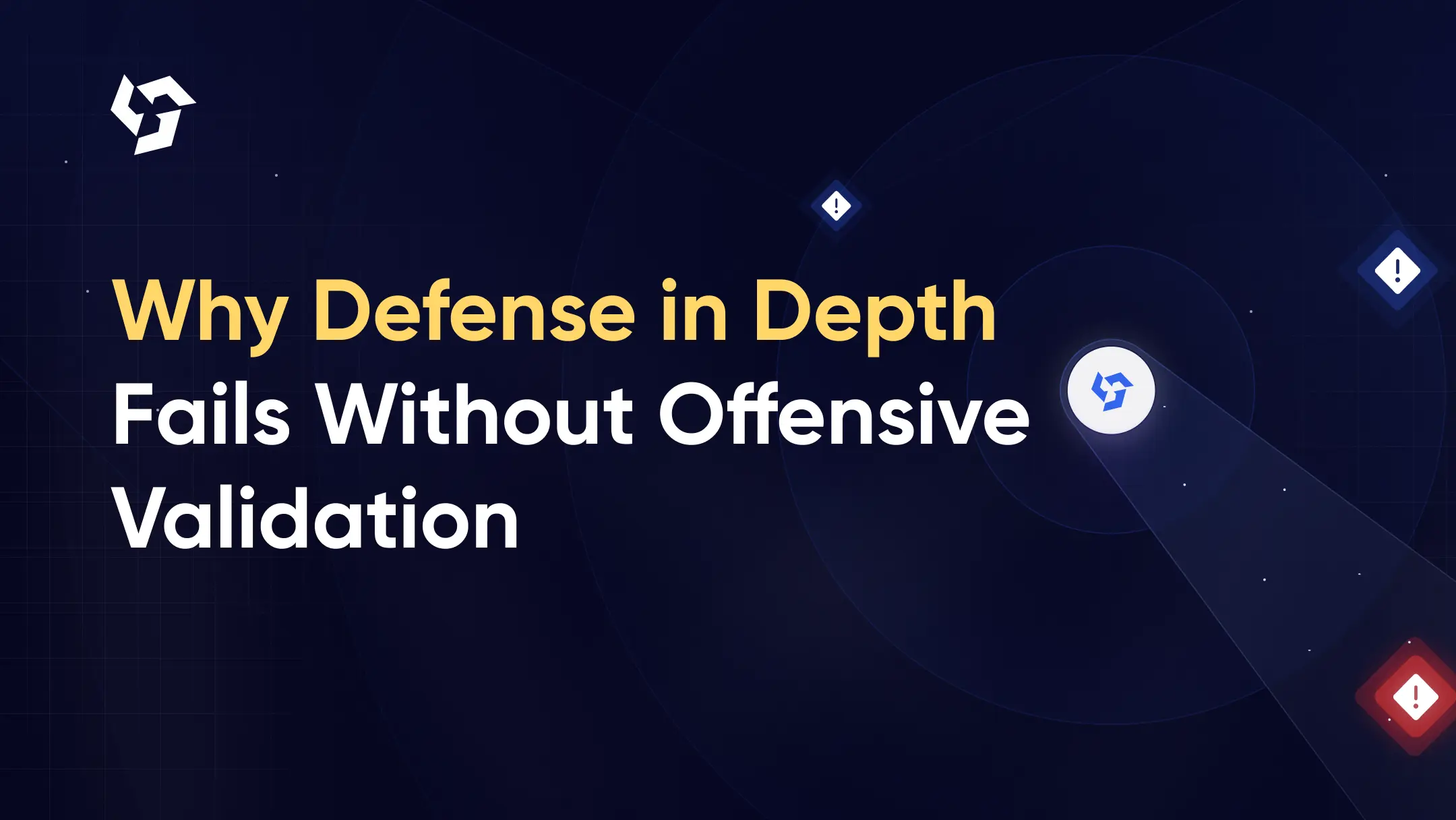
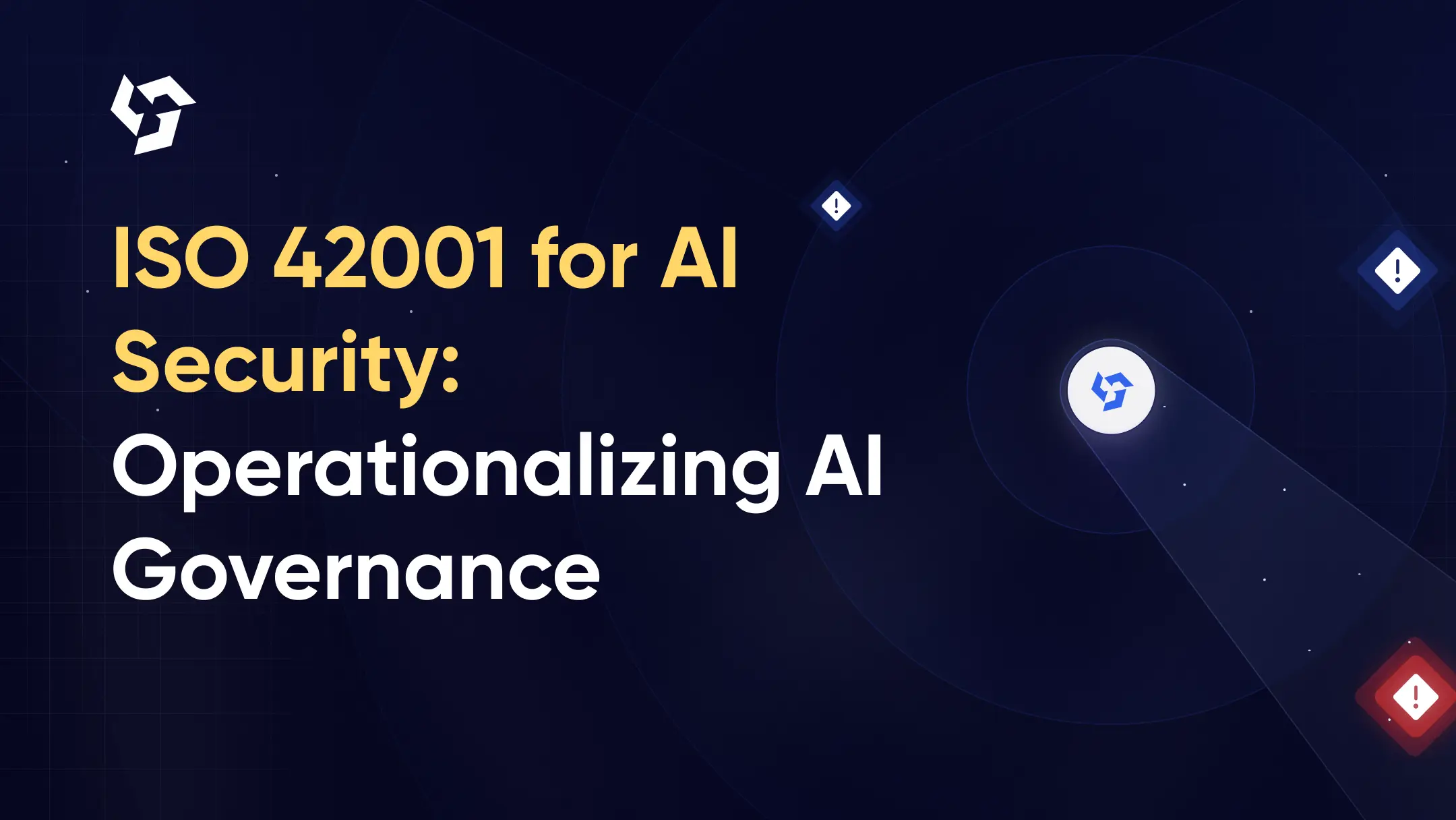
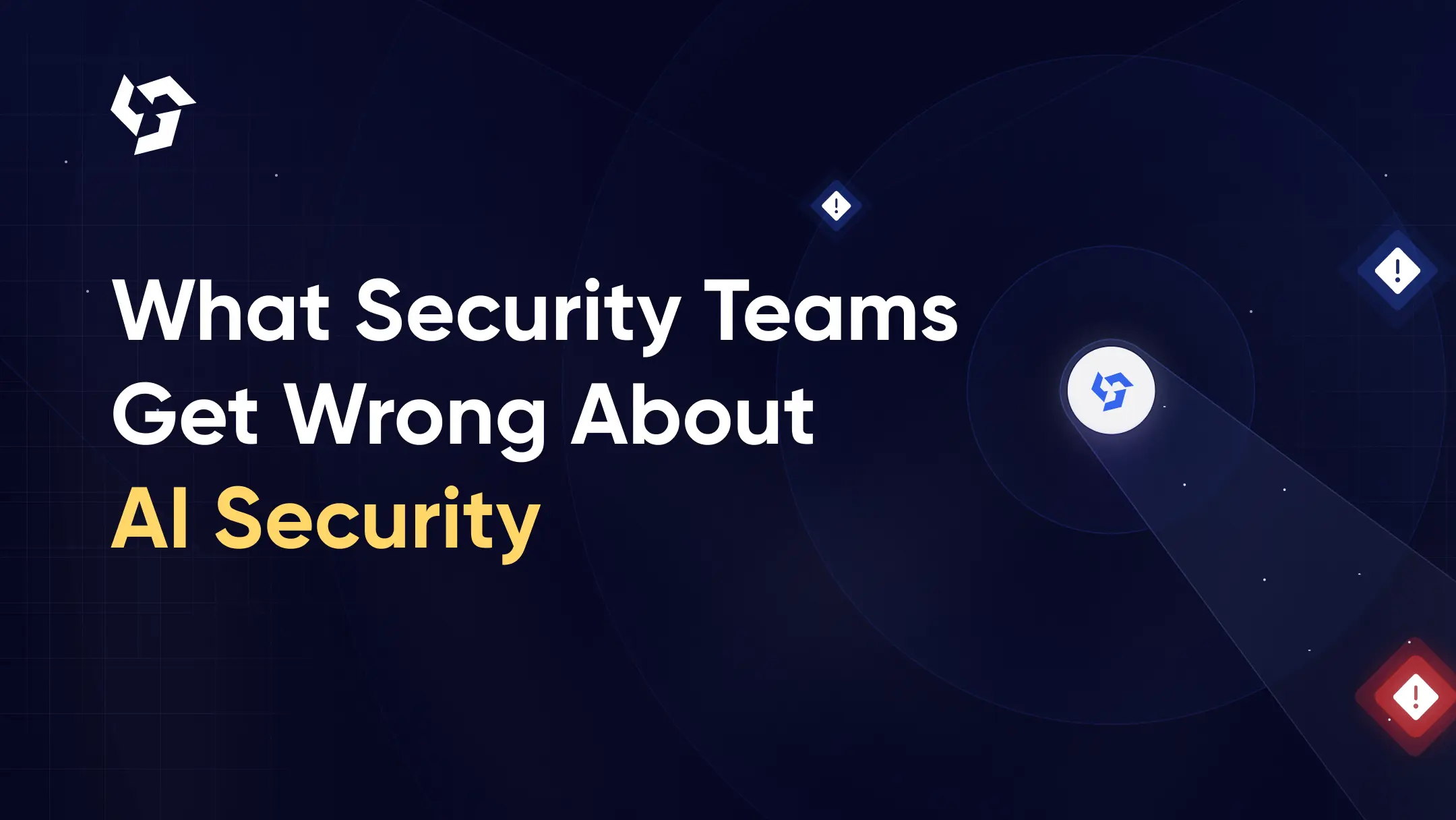

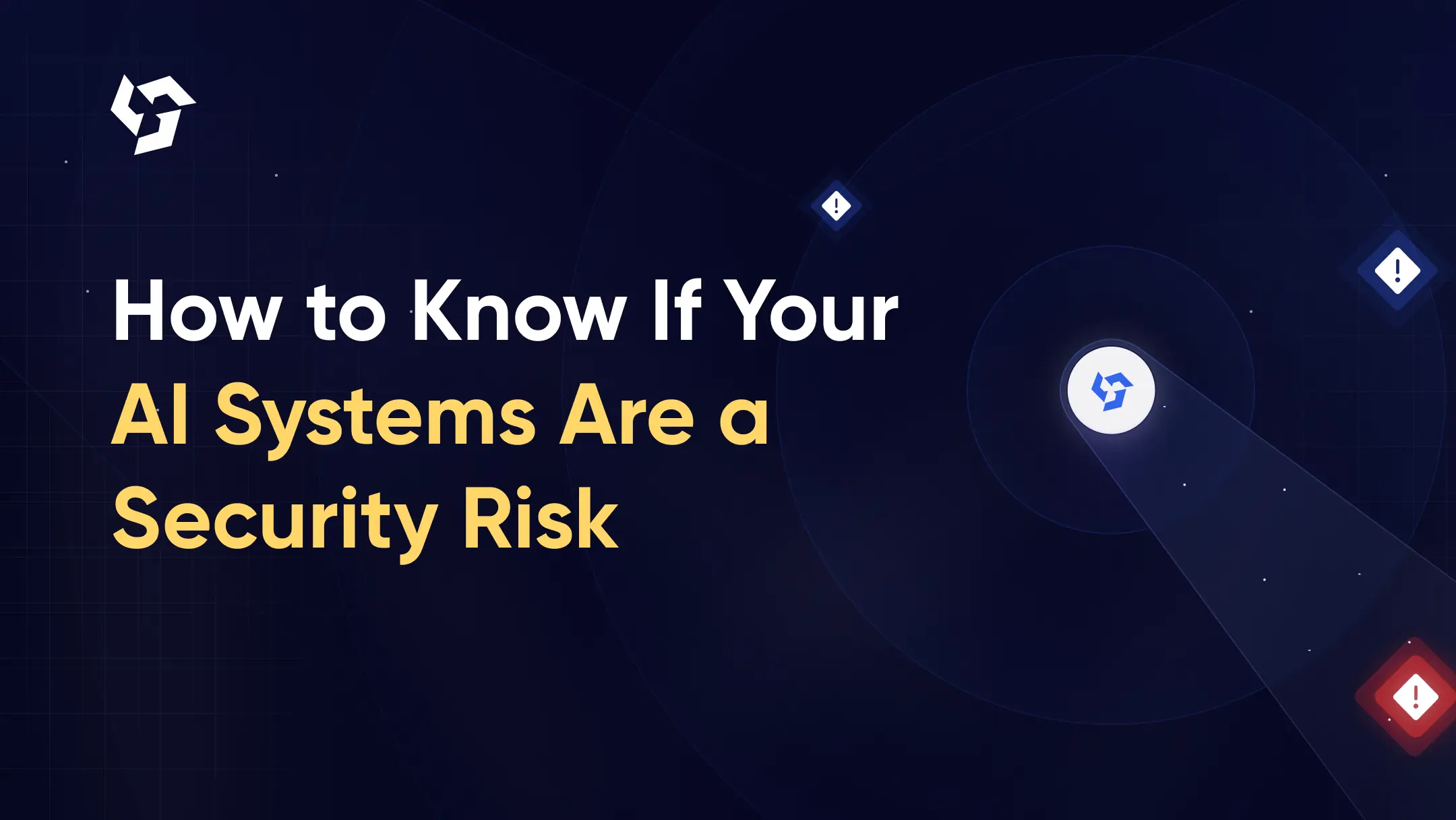
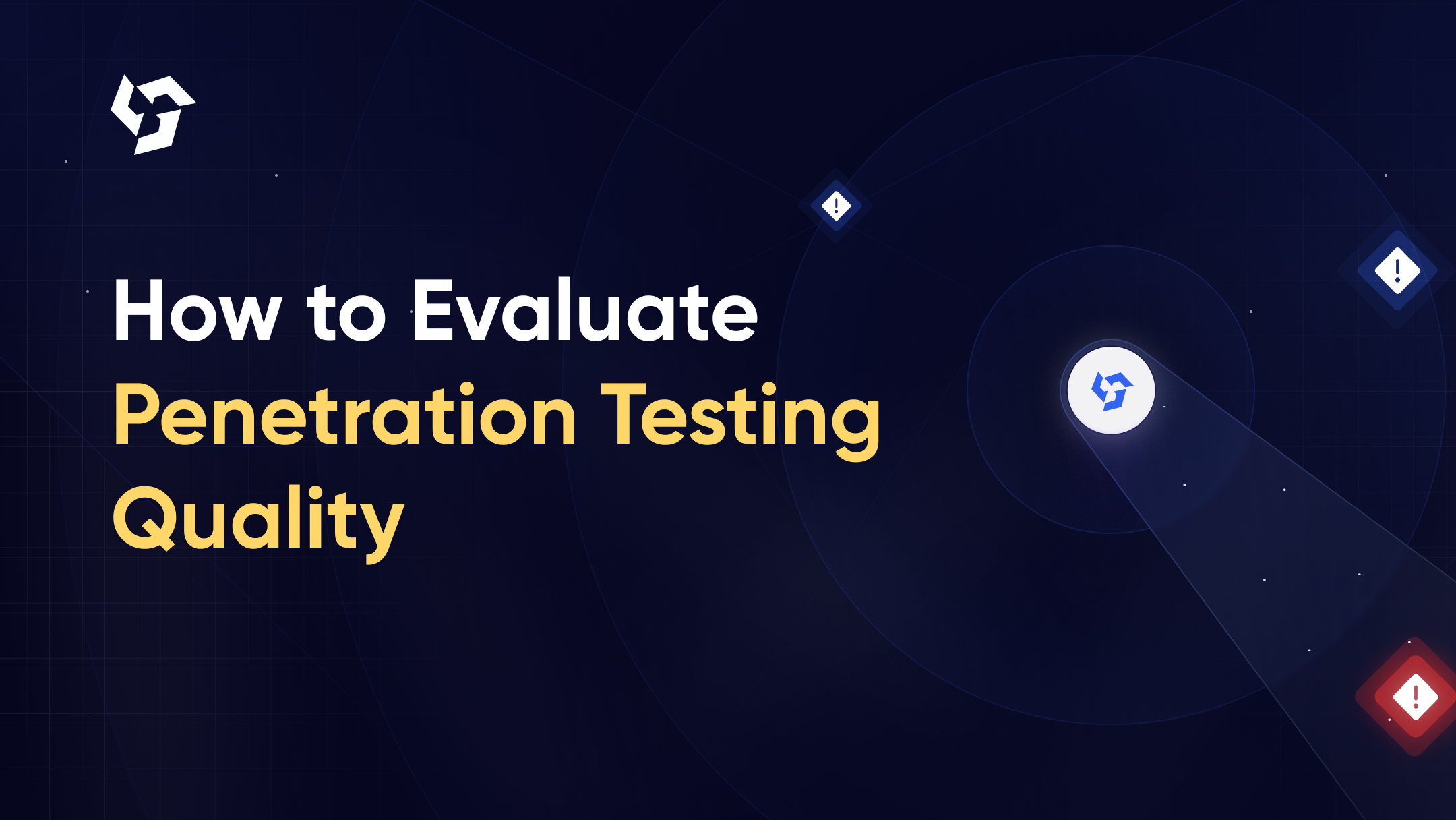

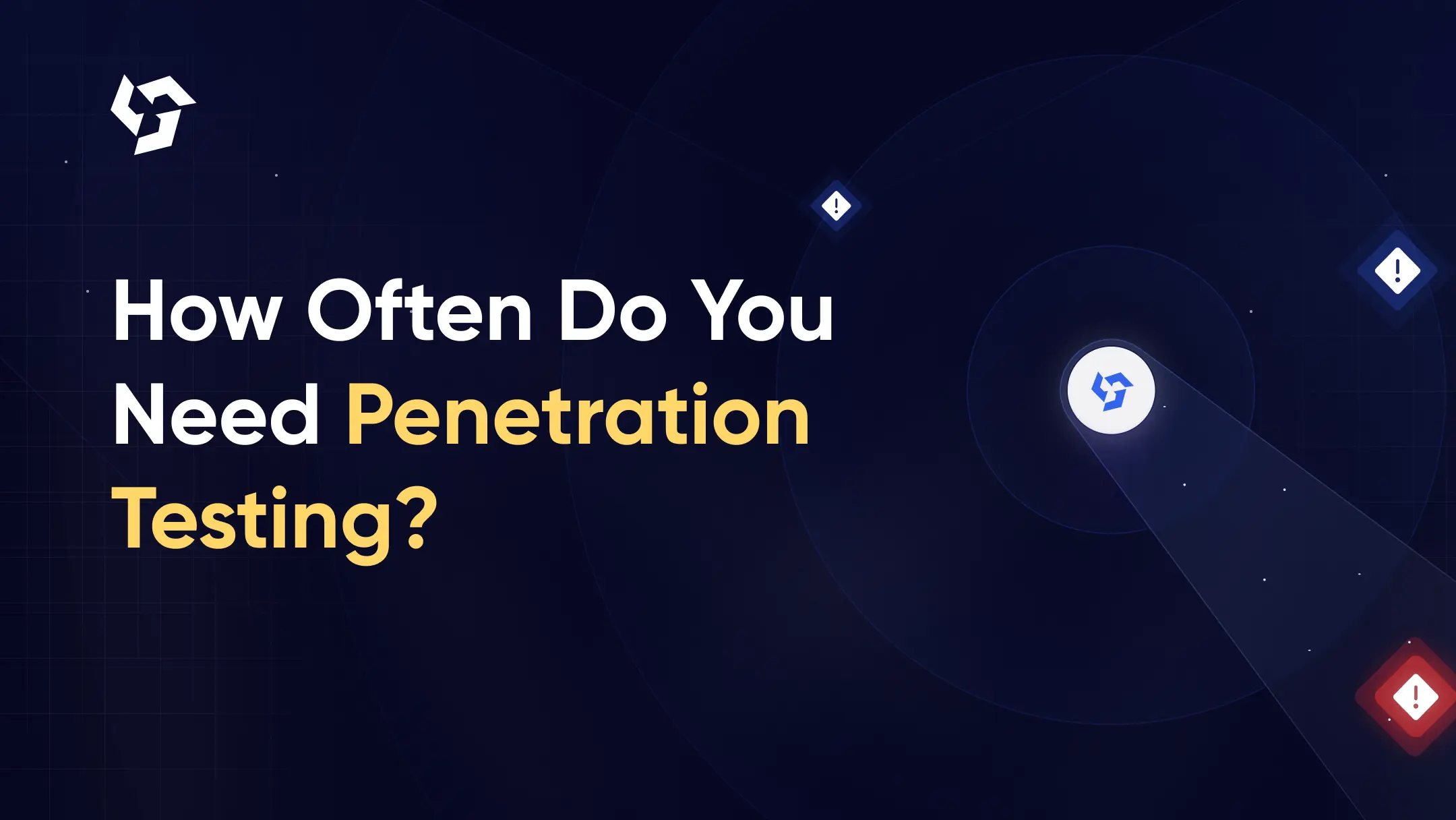
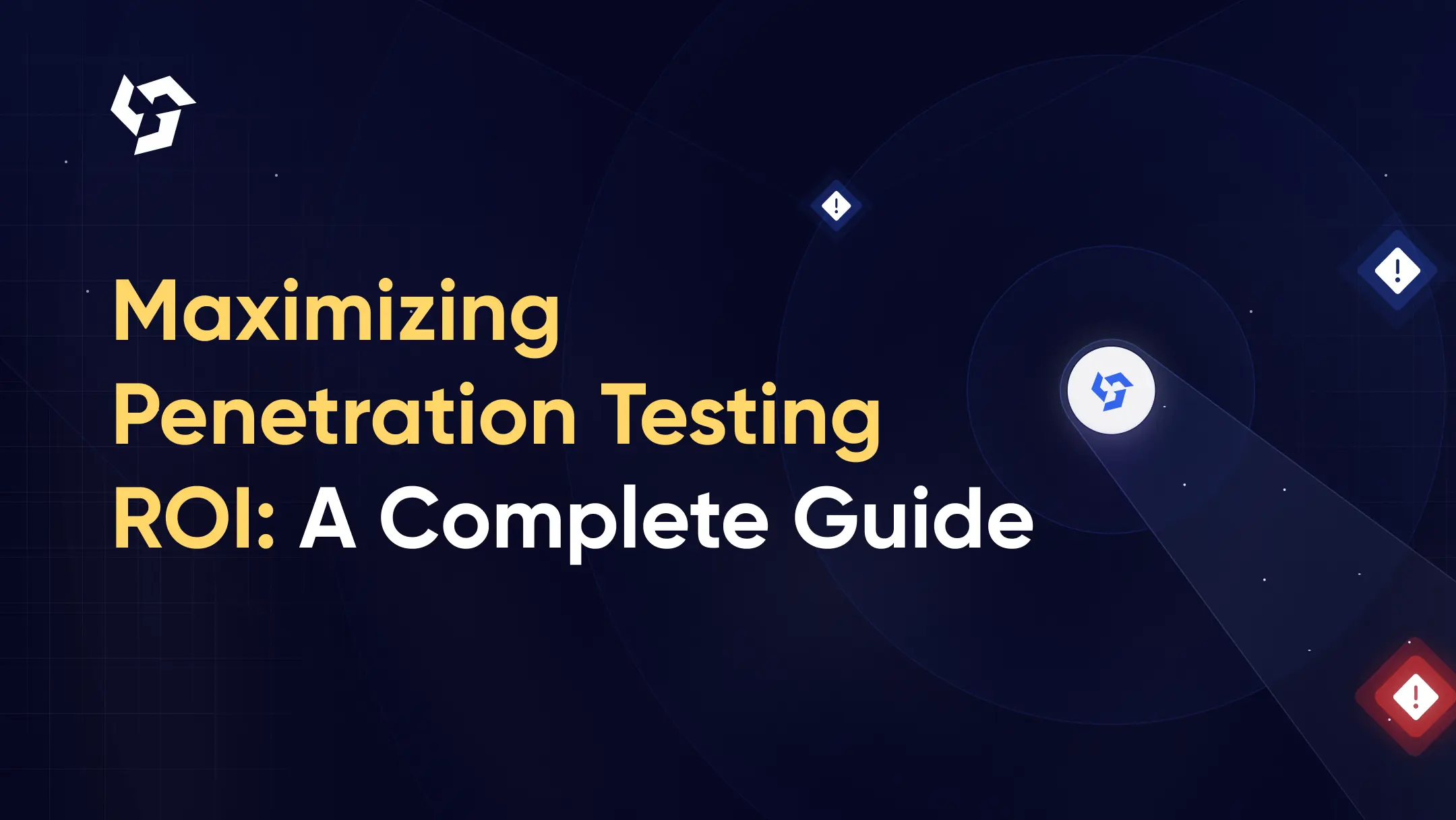


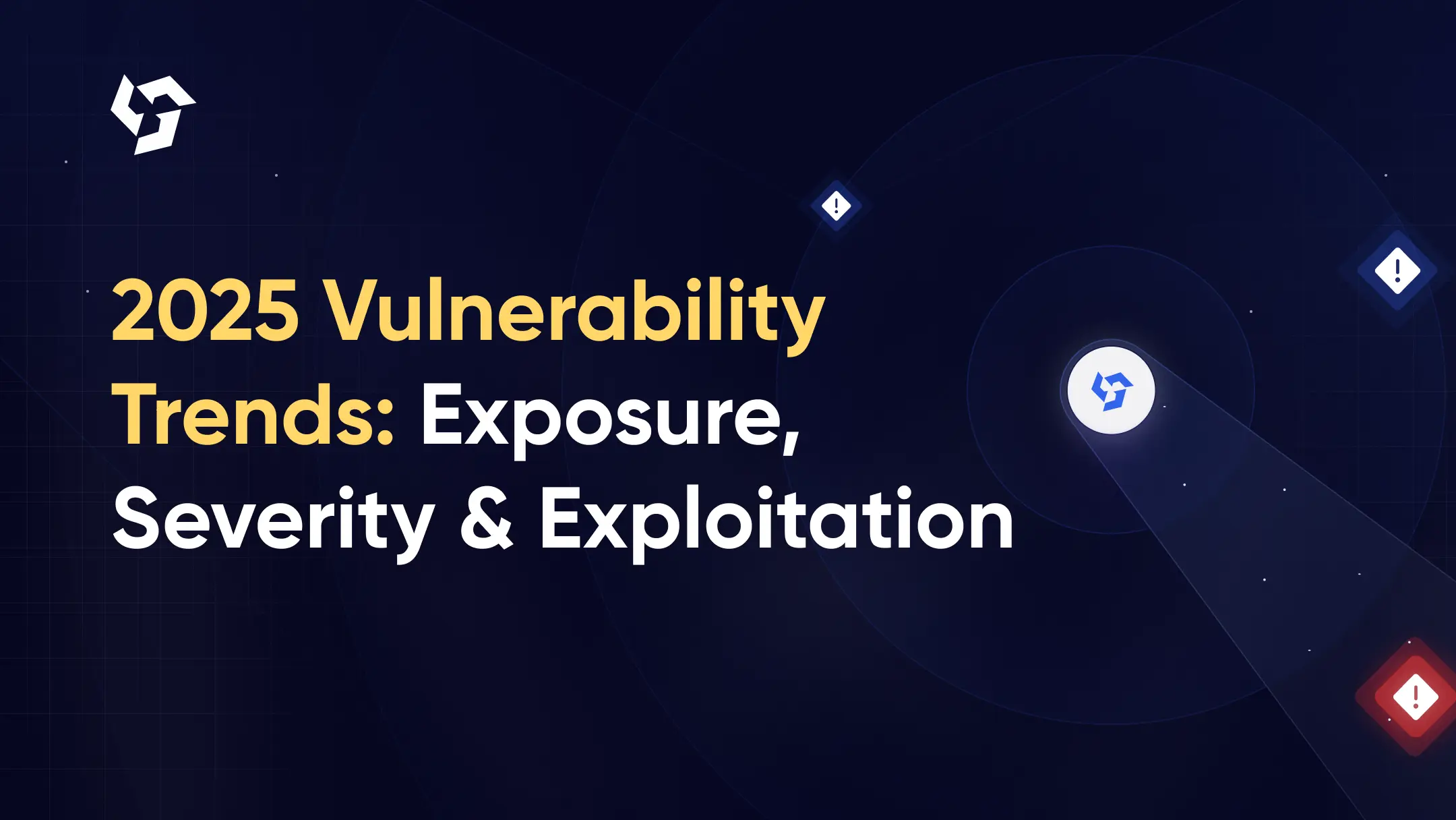
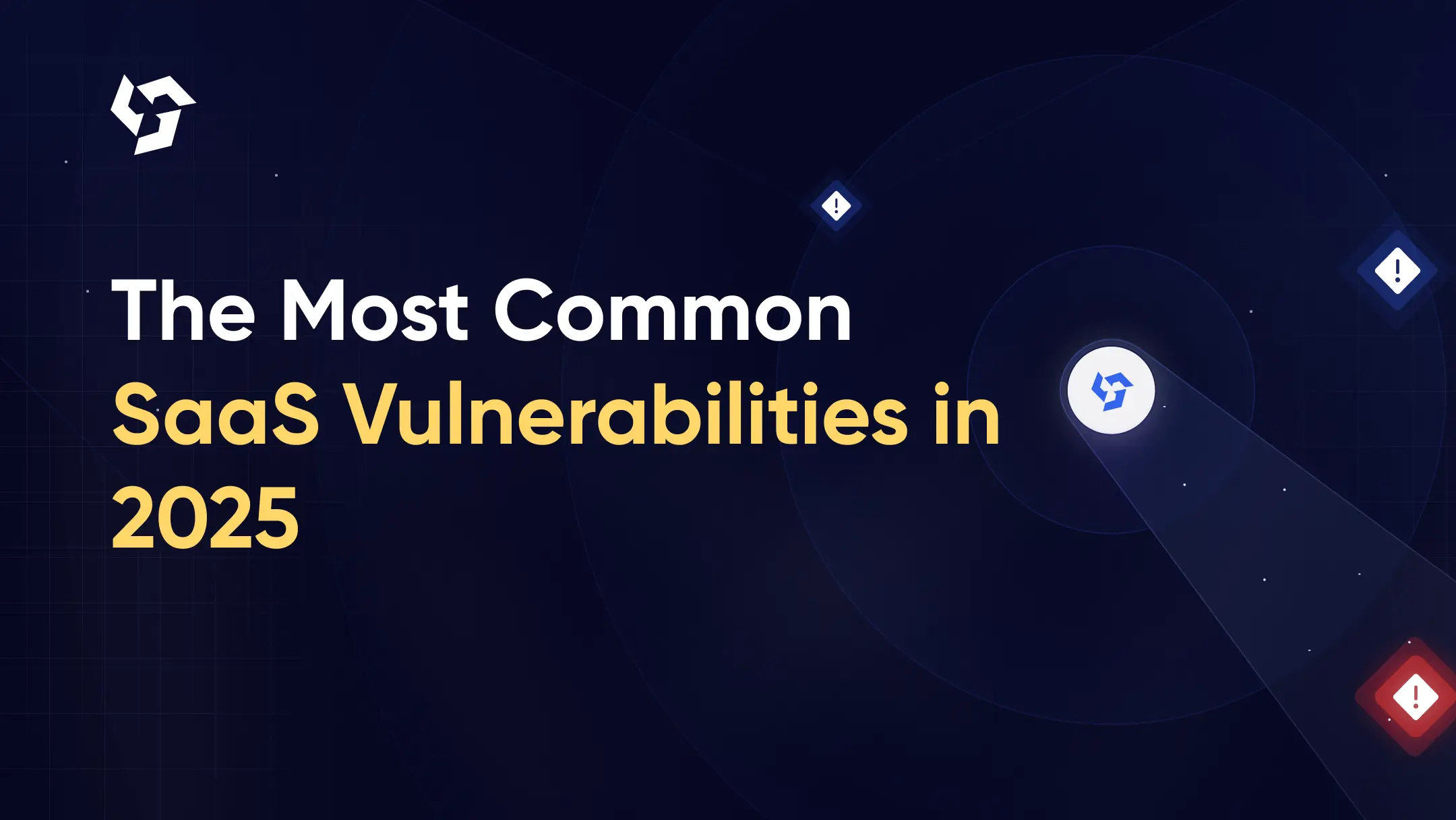








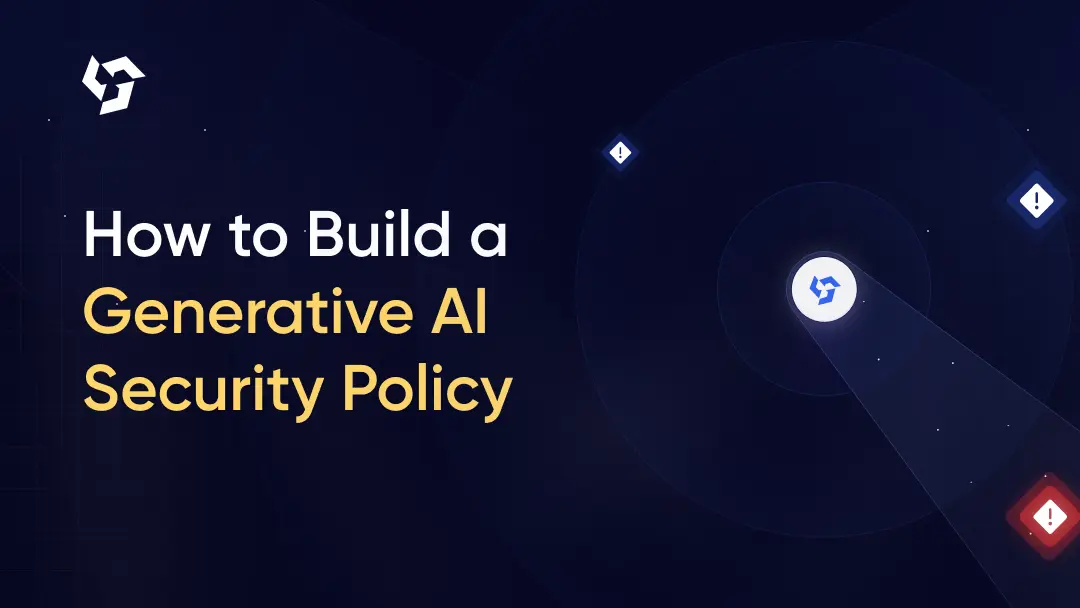




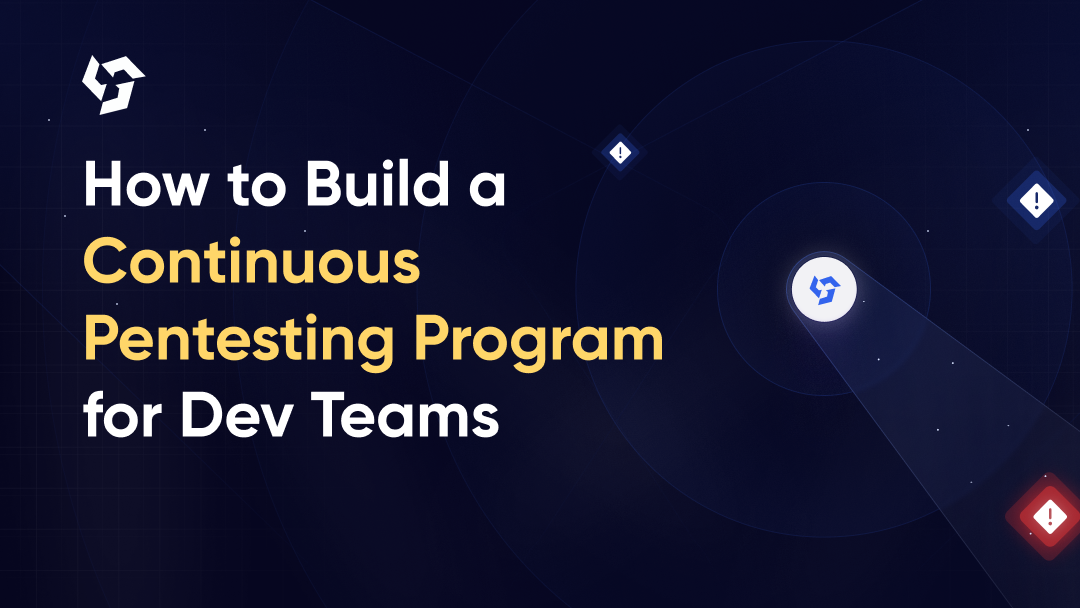




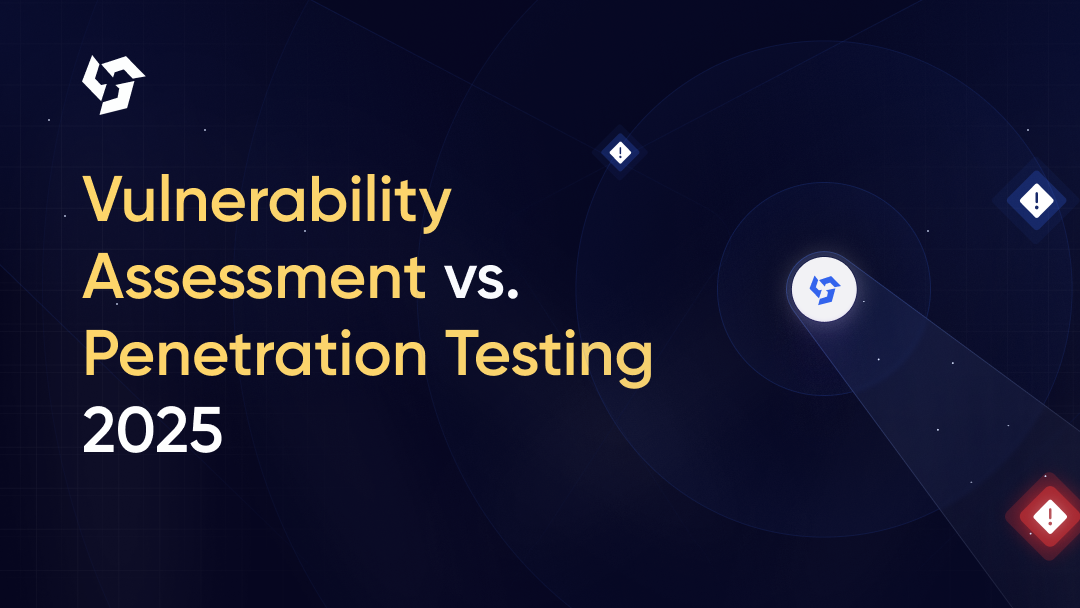

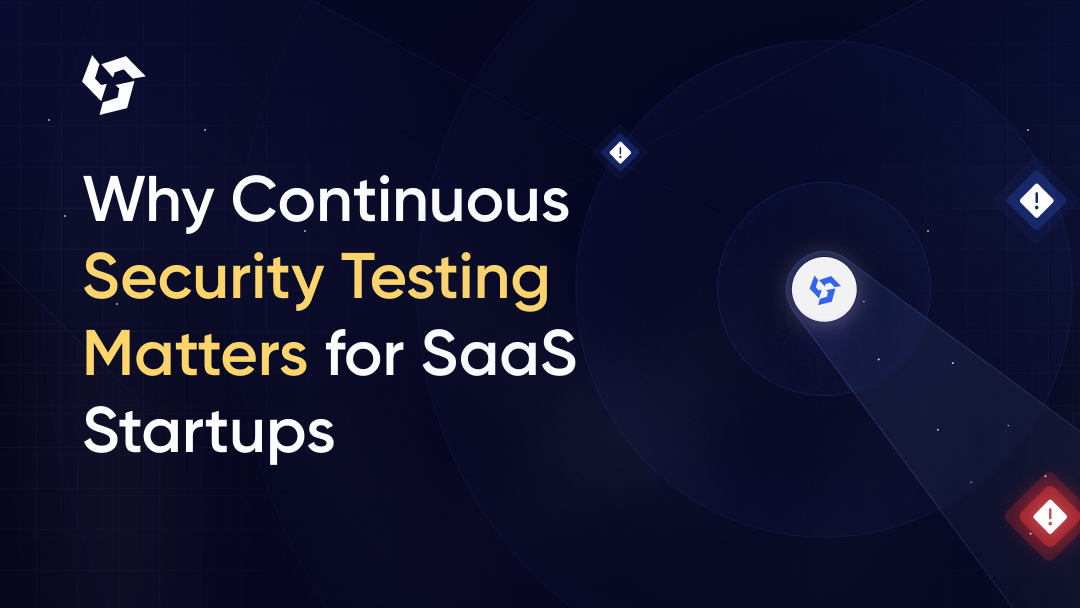
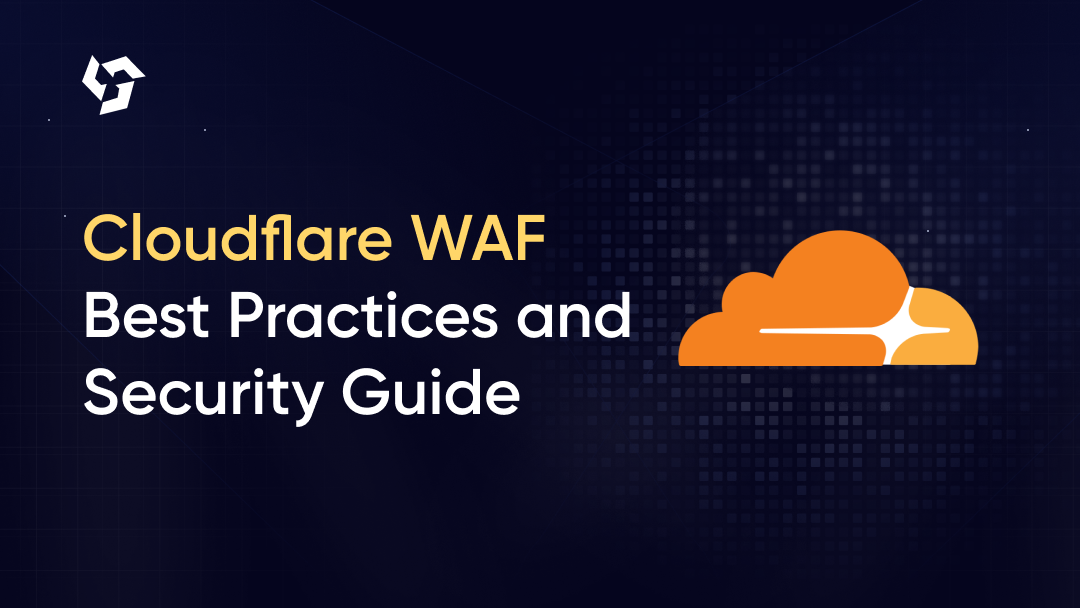


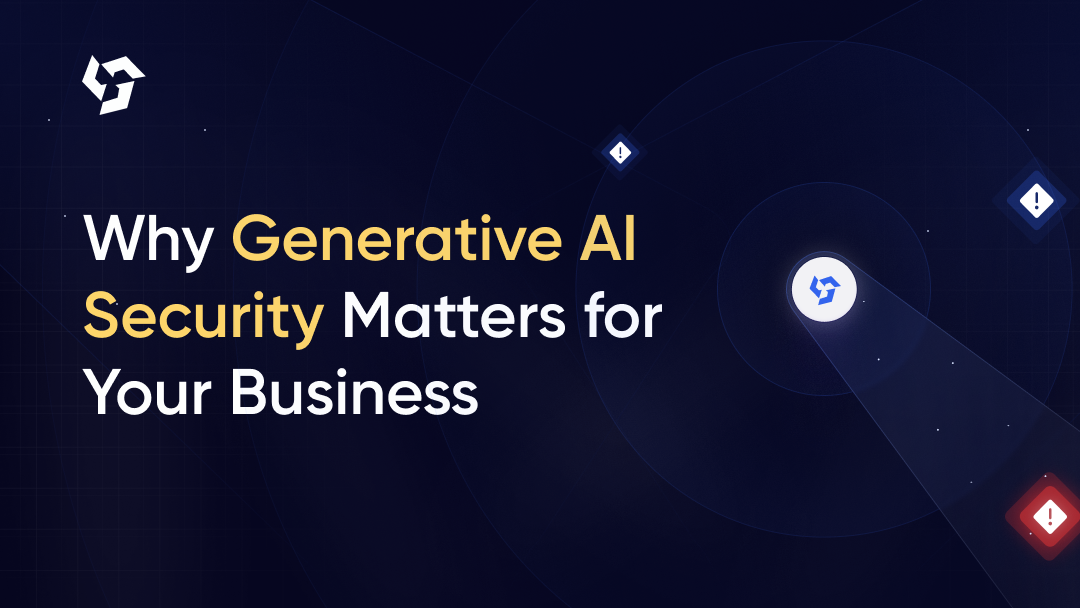

.png)
.png)

.png)
.png)
.png)
.png)
.png)

.png)
.png)
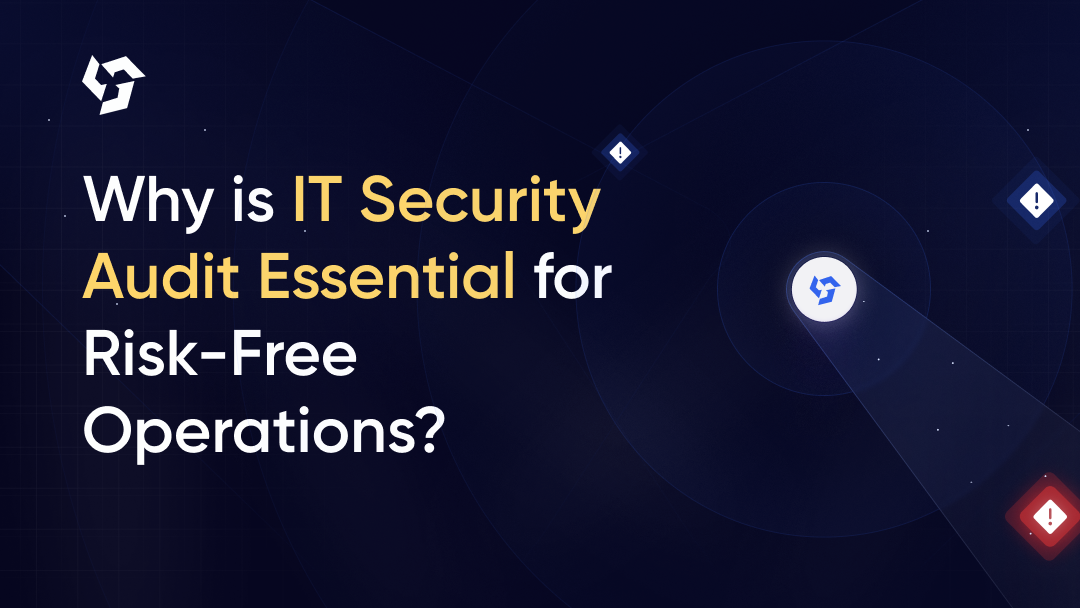

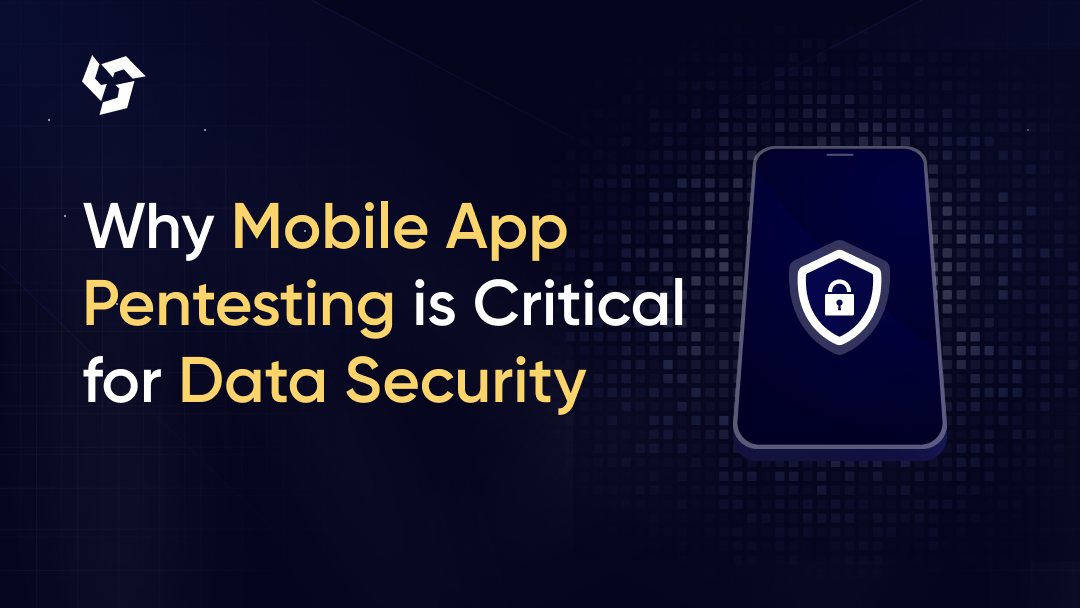
.png)


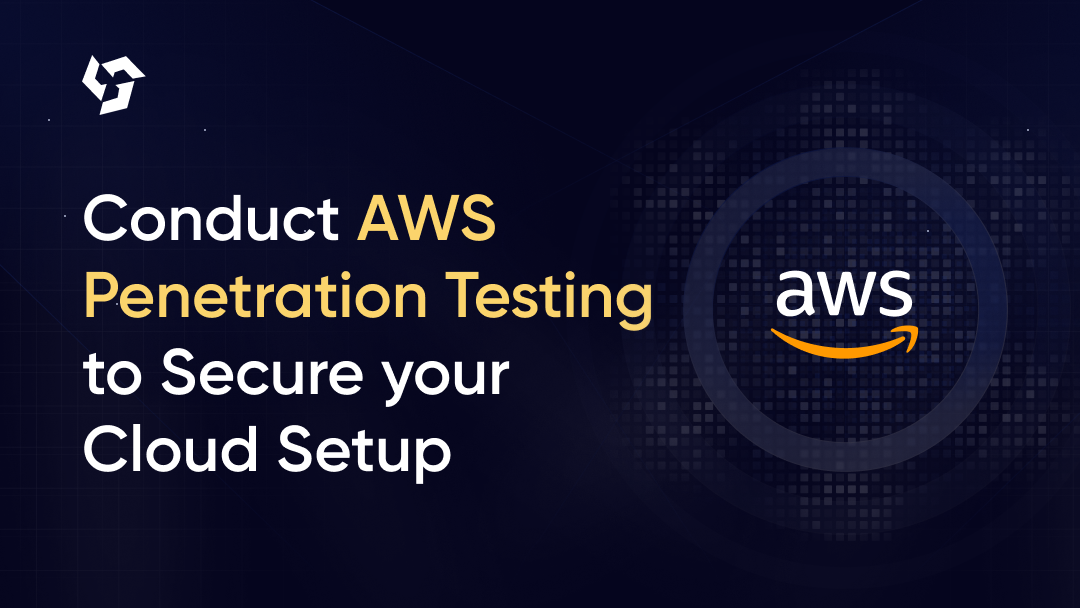

.png)
.png)
.png)
.png)
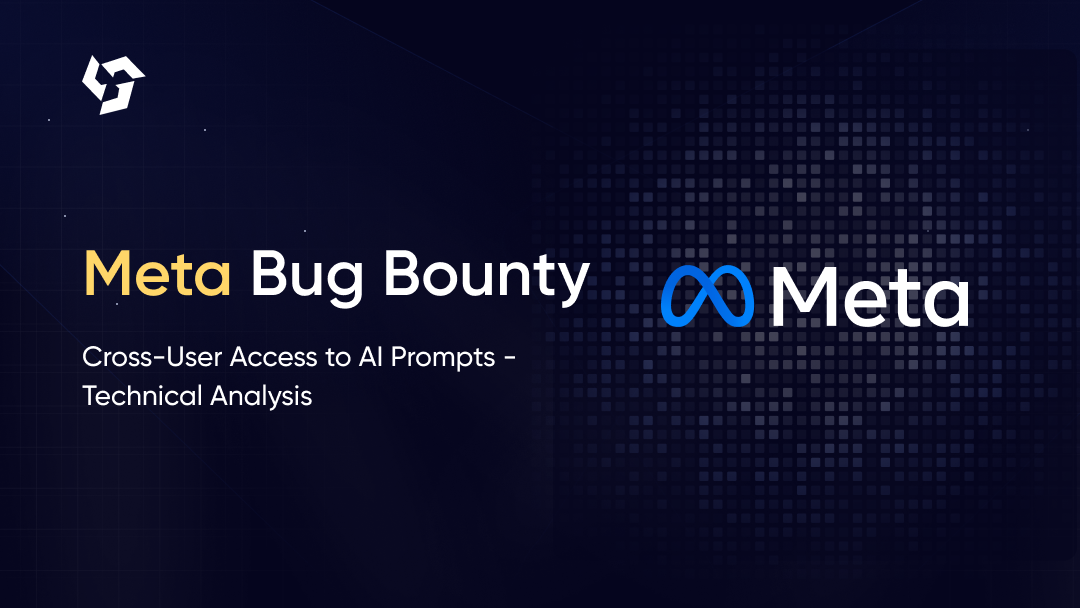
.png)
.png)
.png)

.png)
.png)
.png)
.png)
.png)

.png)









.webp)





.webp)


.webp)

.webp)




.webp)
